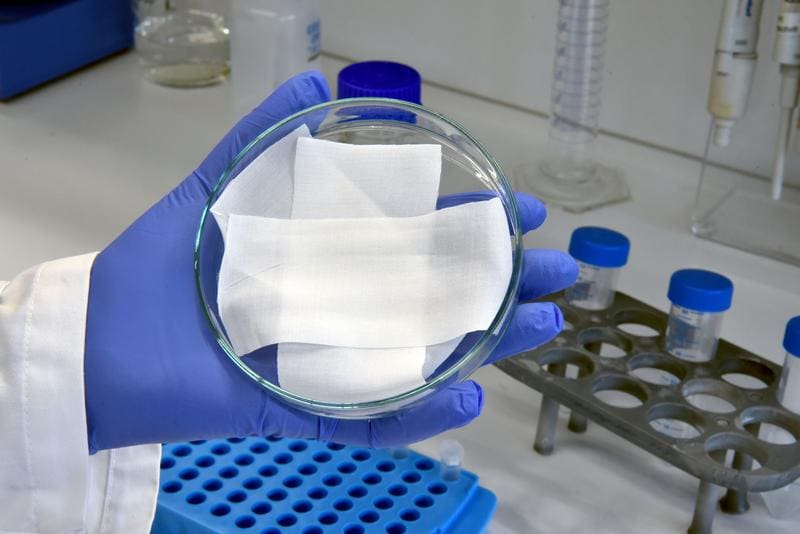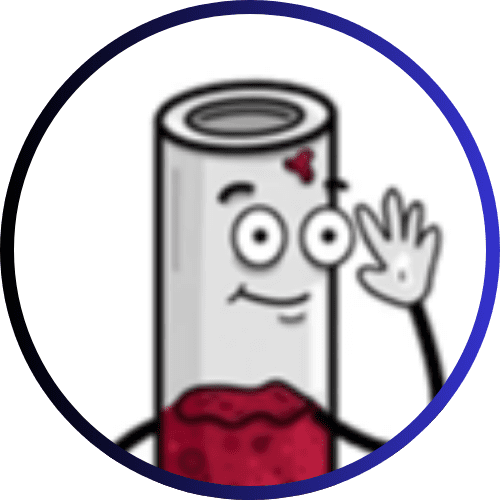DITF develops basis for preventive panty liner against bacterial vaginosis
Worldwide, almost a third of women suffer from bacterial vaginosis during the fertile phase of life, in which the vaginal microbiome is out of balance. This disorder of the vaginal flora can cause infections, abscesses on the ovaries or fallopian tubes, premature births and increases the risk of infertility, sexually transmitted diseases or HIV infections.
The microbiome includes all microorganisms such as bacteria, viruses and fungi on and in the body and is crucial for the immune defense. In the event of a disorder, the proportion of lactic acid bacteria decreases, which leads to less lactic acid and increases the pH value in the vagina, which increases the risk of vaginosis.
There is currently a lack of effective prevention and therapy methods. Standard treatment with antibiotics has a relapse rate of about 50 percent and places a heavy burden on those affected physically and psychologically.

Researchers at the German Institutes for Textile and Fiber Research Denkendorf (DITF) have created the basis for a panty liner loaded with lactide. Lactide, the cyclic diesters of lactic acid, can be integrated into textile carriers, for example by spinning them out into fibres or applying a coating to cellulose textiles. When worn, lactide is converted into lactic acid in the physiological environment, lowering the pH value to a healthy, slightly acidic level and thus contributing to prevention.
The release of the active ingredient takes into account the typical wearing time of panty liners and is temperature- and moisture-controlled within a few minutes for hours. Resource-saving and environmentally friendly materials are used.
In model experiments with artificial vaginal secretions, it was possible to reduce the pH value from over 4.6 to 3.8. Future projects aim at a realistic test model to optimize the textiles, with a focus on body and environmental compatibility.
The project was funded by the state of Baden-Wû¥rttemberg as part of the “Invest BW – Practical Sprints” programme.
Editor: X-Press Journalistenbû¥ro GbR
Gender Notice. The personal designations used in this text always refer equally to female, male and diverse persons. Double/triple naming and gendered designations are used for better readability. ected.




